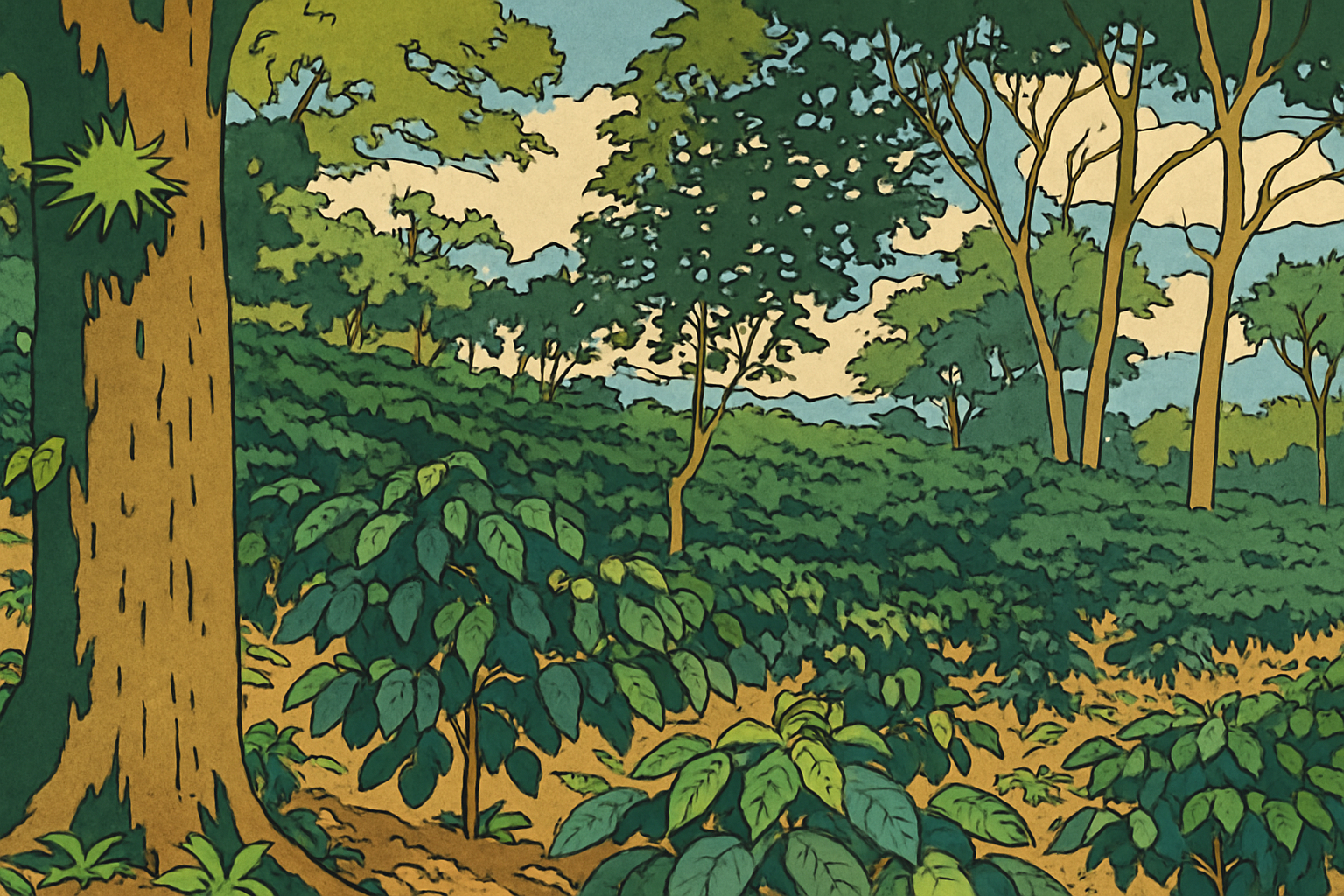A recent study led by a team affiliated with the Smithsonian Bird Friendly coffee program suggests the bacterial community surrounding coffee plants may have a pronounced effect on coffee flavor.
Published in June in Scientific Reports, the study also establishes a relationship between types of crop management systems — namely full sun or shade coffee — and the bacterial communities on coffee cherries and in the soil.
“Overall, what drives improved coffee flavor is relatively unknown, with likely many complex factors being involved,” the authors wrote. “However, evidence from our study suggests that the bacterial community in the soil and cherries may play a role in coffee quality outcomes.”
The study involved 320 soil samples and 320 cherry samples of coffees from 22 farms with different management systems near Cundinamarca, Colombia. The coffees — all Castillo-variety arabicas — were identified as having specialty-grade flavor characteristics or not.
“We found, using amplicon sequencing, that soil and cherry bacterial communities differed between sun and shade farms, and between farms that did and did not produce specialty flavored coffee, with shade + flavor farms notably distinct,” the authors wrote. “Flavor presence was predicted by the abundance of multiple bacterial strains in soils and cherries, but correlations with flavor differed between sun and shade systems.”
The research project was funded by a grant from Nestlé-owned Nespresso and internally through the Smithsonian National Zoo and Conservation Biology Institute – Center for Conservation Genomics and Migratory Bird Center. The Colombian tropical research organization SELVA contributed to the work. None of the authors declared conflicts of interest.
The researchers did express a sense of urgency for the study considering how the increased global demand for coffee is driving full-sun monocrop production — and subsequent habitat and biodiversity losses — among farmers seeking to maximize volume.
“Our findings demonstrate that shade-grown, flavor-producing coffee farms have unique bacterial communities in this region,” the study states. “As shade farms support ecological functions and biodiversity important to production and human communities, finding ways to increase coffee quality in these systems could improve their economic sustainability and lead to improved social and environmental outcomes.”
Comments? Questions? News to share? Contact DCN’s editors here. For all the latest coffee industry news, subscribe to the DCN newsletter.








Comment